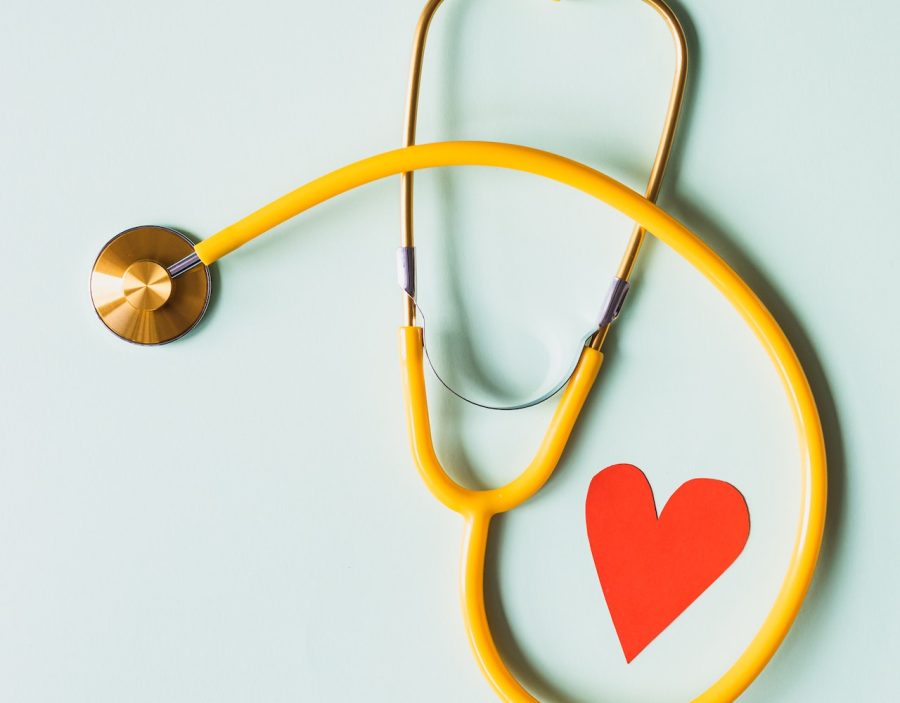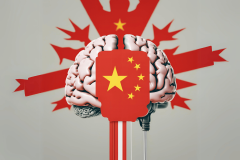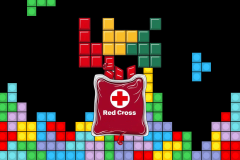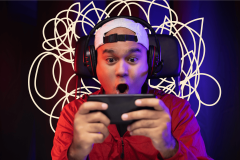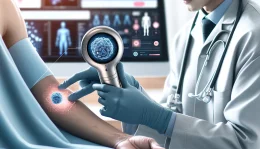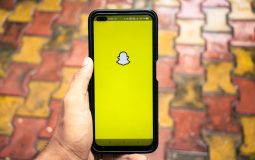The aging population is one of the most rapidly growing demographics in the world. By 2050, the number of people aged 60 and over is projected to reach 2.1 billion, according to the WHO. However, this increase in the aging population comes with several challenges, including a higher incidence of chronic diseases, declining cognitive function, and frailty.
IoT is increasingly important in providing healthcare to the aging population. Here are ten ways that IoT will advance healthcare for aging populations.
Improving Communication
One of the main challenges in providing healthcare to the aging population is the communication gap between patients and caregivers. IoT can help bridge this gap by providing a way for patients to communicate their needs more efficiently.
For example, wearable devices can be used to track the health of elderly patients and send alerts to their caregivers if there are any changes. This can help to ensure that patients receive the care they need promptly.
Managing Chronic Conditions
Chronic conditions are one of the leading health concerns for the aging population, which is expected to increase in the coming years.
IoT can help to manage chronic conditions by providing data that can be used to improve treatment and care plans. Specifically, IoT-enabled devices can be used to track patients’ health and collect data to identify trends and patterns. This information can then tailor treatment plans and improve patients’ overall care.
Reducing Falls
Falls are a common problem among the elderly and can often lead to severe injuries. Through IoT, falls can be prevented by installing devices monitoring the environment and providing alerts when a fall is detected. These devices can help detect potential hazards and prevent falls before they occur.
Improving Mobility
Speaking of falls, many older adults have difficulty with mobility, making it difficult to get around. This can lead to a decline in physical activity, worsening their health.
IoT can help improve the mobility of older adults by providing devices that assist with movement. For example, wearable devices vibrate when the user is about to lose their balance. In addition, some devices can be installed in the home that automatically opens doors and turns on lights when someone approaches.
Ensuring Medication Adherence
Medication adherence is a significant concern for the elderly. Non-adherence can lead to a decline in health and an increased risk of hospitalization. John Gardner, Co-Founder & CEO of Kickoff (trainwithkickoff dot com), says, “IoT is a great tool for helping seniors stay on track with their medication and will help save lives.”
IoT can help to ensure that patients take their medications as prescribed. For example, some devices dispense medication and track when it is taken. Some apps remind patients when it is time to take their medication. Others provide data to caregivers to see if patients are taking their medication as prescribed.
Monitoring Mental Health
Mental health is a significant concern for the elderly, as many older adults suffer from depression and anxiety. These conditions can often lead to a decline in physical health and an increased risk of suicide.
By using IoT, mental health can be monitored in real-time. For example, some wearable devices track the user’s heart rate and sleep patterns. This information can be used to identify changes in mood and behavior. Additionally, some devices can provide cognitive stimulation and social interaction through games and other activities.
Improving Nutrition
Proper nutrition is essential for the elderly, yet many older adults do not get the nutrients they need due to a variety of factors, such as:
- Difficulty preparing meals
- Poor appetite
- Difficulty shopping for groceries
However, IoT can help to improve nutrition for the elderly by providing devices and services that make it easier to obtain and prepare nutritious meals. For example, meal delivery services provide healthy meals that can be easily prepared. In addition, some devices track the nutrient intake of the user and provide suggestions for improvement.
Connecting Caregivers and Loved Ones
Caregivers often have difficulty keeping track of their elderly loved ones, especially if they live far away, often leading to a decline in the quality of care that the older adult receives.
IoT can help to connect caregivers and loved ones by providing devices that allow for remote monitoring. For example, some devices allow caregivers to track the location of the older adult.
Others provide data on the person’s health, such as heart rate and blood pressure. Additionally, some devices offer two-way communication, so caregivers and loved ones can stay connected even when apart.
Stephan Baldwin, Founder of Assisted Living (assistedlivingcenter dot com), reminds caregivers that “IoT can be a great way to keep track of elderly loved ones, but it’s important to use the technology responsibly. Choose easy-to-use devices that will provide the information you need.”
Reducing Hospitalizations
One of the main goals of healthcare for the elderly is to reduce hospitalizations. However, hospitalizations can be costly and often lead to a decline in the patient’s health.
IoT can help reduce hospitalizations by providing remote patient health monitoring devices. For example, some devices track the heart rate and blood pressure. Medical professionals can use this information to identify potential problems early on so that the patient can be treated before their condition worsens.
Assisting in Financial Security
While not often considered a health concern, financial security is essential to healthcare for the elderly. Unfortunately, many older adults live on a fixed income, making it difficult to afford healthcare costs.
IoT can help to reduce the financial burden of healthcare for the elderly by providing devices and services that are low-cost or free. For example, many apps provide free health tracking. Additionally, some insurance companies offer discounts for customers who use IoT devices to track their health.
According to Anthony Martin, Founder and CEO of Choice Mutual, “IoT can be a great way to save money on healthcare costs. Using devices to track your health, you can stay healthy and avoid costly hospitalizations.”
Conclusion
As the population ages, healthcare becomes an increasingly important concern. The elderly are often more vulnerable to health problems due to a decline in physical and mental health. Additionally, the elderly often have difficulty affording healthcare costs.
No matter the difficulty faced by seniors, IoT can help. IoT-connected devices and services can be used to improve nutrition, monitor mental health, connect caregivers and loved ones, reduce hospitalizations, and provide financial security. By using IoT, we can improve the health and well-being of the aging population.
Featured Image Credit: Karolina Grabowska; Pexels; Thank you!
